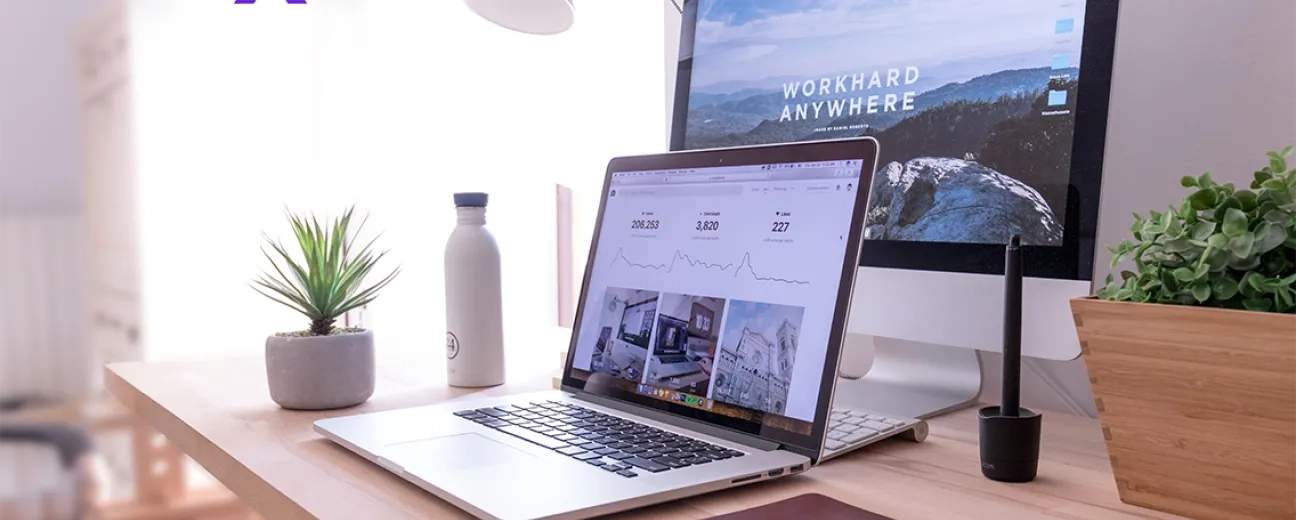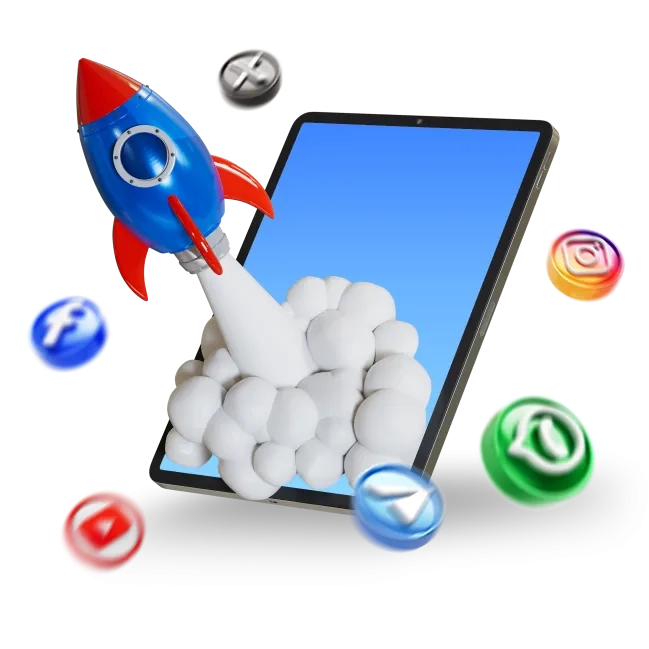Designing Remote-Friendly Digital Workspaces with Performance Analytics

Remote work isn’t just a perk anymore - it’s the infrastructure of modern business.
As hybrid and remote models become the norm, companies are racing to build digital workspaces that don’t just support remote work—they optimize it. But how do you ensure your digital environment actually drives performance, not just enables access? The answer lies in marrying thoughtful workspace design with real-time performance analytics.
Why Remote-Friendly Digital Workspaces Matter More Than Ever
In 2025, over 65% of companies offer some form of work flexibility, and nearly 75% of remote workers say their organizations help them stay connected with colleagues. But connection alone isn’t enough. Businesses need digital environments that foster productivity, engagement, and accountability - without micromanagement.
According to Pumble, remote work is now a strategic pillar, not a temporary fix. And with the global digital workplace market projected to hit $59.4 billion this year, the stakes are high for getting it right.
So how do you build a workspace that empowers rather than overwhelms?
From Access to Experience: The Evolution of Digital Workspaces
Early digital workspaces focused on access - VPNs, file sharing, and video calls. But today’s remote teams demand more. They need seamless collaboration, intuitive interfaces, and integrated tools that reduce friction, not add to it.
Platforms like HP’s Workforce Experience Platform now offer secure, high-performance virtual desktops that feel native, not clunky. As HP notes, the goal is to make remote work feel as fluid as being in the office - without sacrificing security or speed.
Modern digital workspaces are built around:
- Unified communication tools (chat, video, async updates)
- Cloud-based collaboration (shared docs, whiteboards, project hubs)
- Integrated performance analytics (dashboards, KPIs, engagement metrics)
- AI-powered automation (task routing, smart scheduling)
But even the best tools fall short without visibility into how they’re used - and whether they’re working.
Performance Analytics: The Backbone of Remote Productivity
Performance analytics turn digital workspaces from passive platforms into active performance engines. By tracking engagement, output, and collaboration patterns, leaders can make data-informed decisions - without resorting to invasive surveillance.
According to Market.us, 45% of digital workplace platforms now integrate AI-driven workforce analytics. These tools provide real-time insights into productivity, helping managers spot burnout, identify bottlenecks, and support high performers.
For example, a marketing agency using SoftXPro’s AI analytics and monitoring services was able to reduce project delays by 27% simply by analyzing collaboration lag times and reallocating resources accordingly.
Imagine knowing not just who’s online - but who’s thriving, who’s stuck, and why.
Designing for Engagement: What the Best Remote Workspaces Get Right
Engagement is the silent killer of remote productivity. Without hallway chats or in-person energy, teams can drift. But smart digital workspace design can counteract this.
As Firstup explains, successful digital workplaces prioritize clarity, autonomy, and connection. That means:
- Clear workflows and expectations embedded into tools
- Autonomy through flexible schedules and async collaboration
- Connection via regular check-ins, feedback loops, and recognition
One global SaaS company redesigned its workspace using these principles and saw a 19% increase in employee satisfaction within three months. Their secret? Less noise, more purpose-built tools, and analytics that informed - not dictated - manager decisions.
When employees feel seen and supported, performance follows.
Remote Work Isn’t Slowing Down - It’s Scaling Up
Gallup’s 2025 data shows that 80% of remote-capable employees are either hybrid or fully remote. That’s not a trendv-bit’s a transformation. And as Aura reports, companies that embrace this shift are seeing gains in retention, productivity, and agility.
But scaling remote work requires more than Zoom licenses. It demands a strategic approach to digital workspace design, underpinned by performance analytics that guide - not guessv - how teams operate best.
SoftXPro helps organizations do just that - by building custom digital environments that are secure, scalable, and insight-driven. See how we’ve helped others transform their remote operations.
Because in a remote-first world, your digital workspace is your culture, your office, and your competitive edge.
Final Thoughts: Build Smarter, Not Just Remotely
Remote-friendly digital workspaces aren’t about replicating the office - they’re about reimagining work. When paired with performance analytics, they become powerful engines of productivity, engagement, and innovation.
Whether you’re scaling a global team or optimizing a hybrid model, the right digital infrastructure can make or break your success. And with AI-powered analytics, you don’t have to guess what’s working - you’ll know.
Ready to build a smarter digital workspace?Book a free strategy call with SoftXPro and let’s design your future of work.
